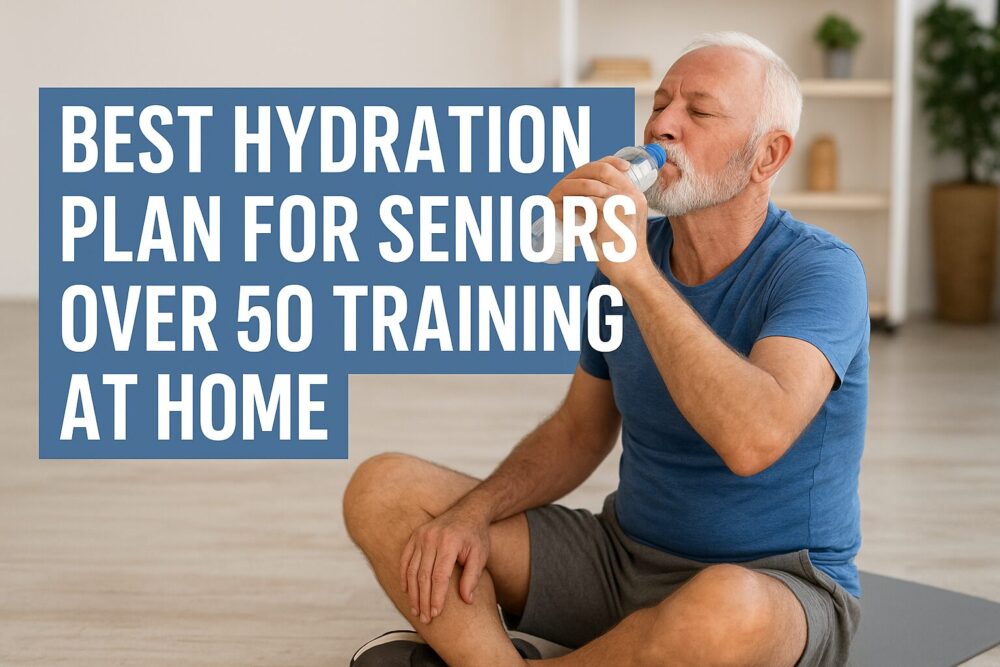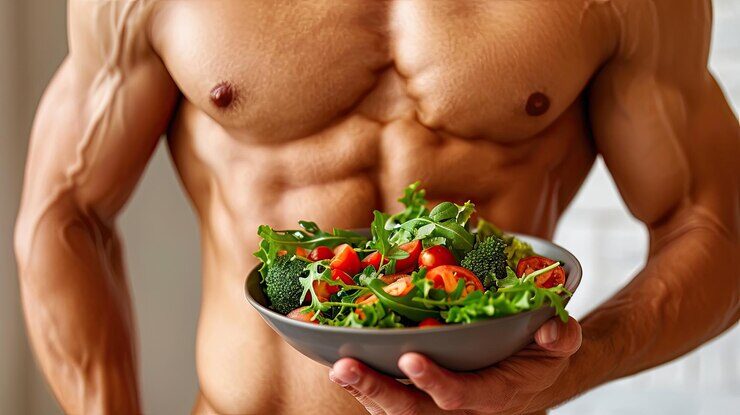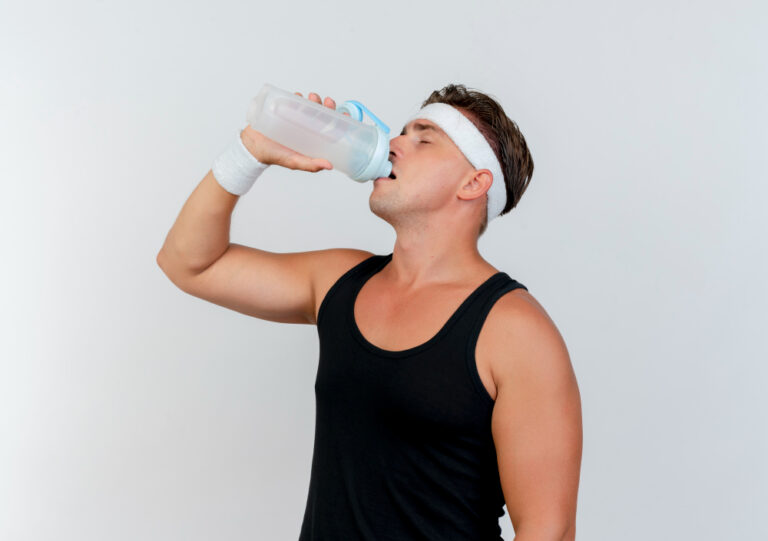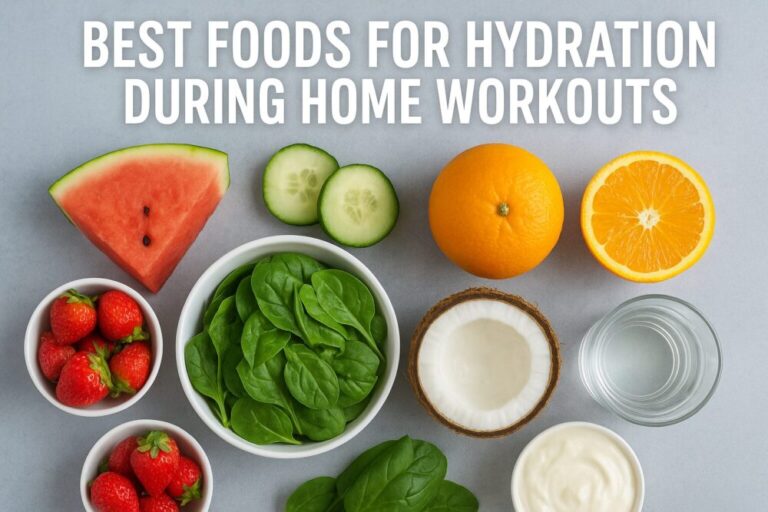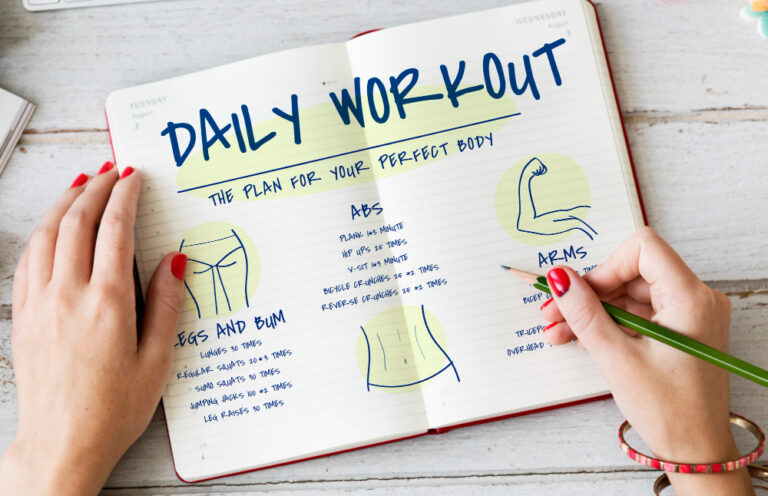Seniors often face reduced thirst perception, changes in kidney function, and health conditions that make water balance more delicate. For those who enjoy home workouts, staying hydrated is essential for energy, muscle performance, cognitive clarity, and safety.1
So, finding the best hydration plan for seniors over 50 training at home is key if you are serious about your home workouts journey or at least stay with your full health.
This article lays out a complete, evidence-based hydration plan tailored specifically for seniors training at home. We’ll explore how much water to drink, the timing of intake before and after exercise, the role of electrolytes, hydrating foods, and practical strategies to make hydration effortless
- Daily Hydration Plan for Seniors Training at Home
- Hydration Timing: Before, During, and After Workouts
- Electrolytes Role in Senior Hydration
- Practical Hydration Habits for Seniors Training at Home
- Use Water Rich Foods to Boost Your Hydration
- How Seniors Can Monitor and Personalize Their Hydration Plan
- FAQ
- Conclusion
- References
Daily Hydration Plan for Seniors Training at Home
The foundation of the best hydration plan for seniors over 50 training at home is setting a realistic baseline:
- General guideline: About 30–35 ml of water per kilogram of body weight daily. For a 70 kg (154 lb) senior, that’s 2.1–2.5 liters.
- Simple rule: Aim for half your body weight in ounces. Example: 150 lbs = ~75 oz (~2.2 liters).
- Check with your doctor if you have conditions like kidney disease or heart failure, as these may alter fluid recommendations.
For seniors exercising at home, this baseline should be increased depending on workout intensity and climate. If you want more accurate results try our free water intake calculator for athletes.
Hydration Timing: Before, During, and After Workouts
A structured hydration routine is key:
- Pre-workout:
Drink 500–600 ml (17–20 oz) of water 2–3 hours before exercise. This primes your body for movement without overloading your stomach. - During workout:
Sip 150–250 ml (5–9 oz) every 15–20 minutes. Even light resistance or cardio training at home causes sweat loss, especially in warm environments. - Post-workout:
Replace lost fluids by drinking 1.5x the amount of weight lost during exercise. If weighing isn’t practical, drink at least 500–700 ml (17–24 oz) in the hour following your session.
If you are aiming for building muscles this Hydration Plan During Home Muscle-Building Workouts for Men will be more helpful to you.
Electrolytes Role in Senior Hydration
Water alone isn’t always enough. Electrolytes like sodium, potassium, magnesium, and calcium regulate nerve signaling, muscle contraction, and fluid balance.
- Seniors lose electrolytes more slowly, but still need balance.
- Sports drinks can be helpful, but look for low-sugar, senior-friendly options.
- Natural sources:
- Sodium → broth, lightly salted soups
- Potassium → bananas, avocados, sweet potatoes
- Magnesium → nuts, leafy greens
Important: Seniors with hypertension or kidney issues should consult a doctor before increasing sodium intake.
Practical Hydration Habits for Seniors Training at Home
Now that you know your hydration plan, building consistent habits is your next must do move. Here are strategies to make hydration effortless:
- Set daily reminders: Phone alarms or smart speakers can prompt regular sipping.
- Keep water visible: A glass by your workout mat or resistance bands serves as a reminder.
- Choose easy-to-grip bottles: Arthritis-friendly bottles with handles and straws make drinking more accessible.
- Start the day with water: One glass upon waking prevents morning dehydration.
For more evidence-based strategies, you can explore our ultimate guide to hydration.
Use Water Rich Foods to Boost Your Hydration
Hydrating foods add both water and nutrients. About 20–30% of daily hydration can come from food.
- Water-rich fruits: Melon, oranges, grapes
- Vegetables: Cucumber, celery, zucchini
- Soups and broths: Particularly helpful in colder months
- Smoothies: Combine water, yogurt, and fruits for hydration plus protein
This approach helps seniors who may struggle to drink large volumes of water.
How Seniors Can Monitor and Personalize Their Hydration Plan
One of the most important parts of following the best hydration plan for seniors over 50 training at home is knowing how to monitor hydration and adjust it to your body’s needs.
Seniors can use simple checks such as urine color (pale yellow means hydrated, dark yellow means you need more fluids), energy levels (unusual fatigue can signal dehydration), and body signals like dry mouth, dizziness, or confusion.
If these symptoms appear frequently, it’s important to revisit your hydration routine and consult a healthcare professional.
Personalization is equally important. Seniors training at home should account for their environment and health conditions:
- In hot climates, increase water intake by 500–1000 ml daily to replace sweat loss.
- In cold climates, dehydration risk remains high since indoor heating dries the body.
- With medical conditions, adjustments are crucial: kidney disease may require fluid restriction, diabetes raises dehydration risk, and heart conditions demand a careful balance of fluids. Always follow professional guidance when medical factors are involved.
Finally, be aware of common hydration myths that can mislead seniors. For example, believing that “only water hydrates you” ignores the benefits of herbal teas, fruits, and soups. Likewise, thinking you “only need to drink when thirsty” is risky, since older adults often have a reduced thirst response. We’ve debunked more of these misconceptions in the hydration myths about fitness, which can help you avoid mistakes and stay properly hydrated.
FAQ
Can seniors take electrolyte tablets instead of drinking more water?
Yes, many electrolyte tablets (especially low-sodium, sugar-free ones) can help replenish lost minerals after workouts without overloading on plain water. However, seniors should discuss options with their doctor if they have blood pressure or kidney concerns.
Can seniors use electrolyte drinks safely?
Yes, seniors can use electrolyte drinks safely, but they should choose low-sugar options and consult their doctor if they have conditions like high blood pressure, kidney disease, or heart issues, since electrolyte balance affects these directly.
Is it safe to hydrate right before bed as a senior?
It’s better to limit fluids right before bedtime to reduce nighttime bathroom trips, which increase fall risks. Drink most of your fluids earlier in the day and hydrate strategically after evening workouts instead.
How often should seniors sip water during a one-hour workout?
Sip small amounts (around 5–8 oz) every 15 to 20 minutes during exercise. This keeps hydration steady without overwhelming the stomach, even during mild to moderate home workouts.
Conclusion
That’s it, this hydration plan for seniors over 50 training at home combines daily baseline intake, pre-workout hydration, smart electrolyte use, and practical lifestyle habits. Seniors need to stay proactive since thirst signals decline with age, and workouts increase fluid demand.
By following a structured hydration schedule, including water-rich foods, and monitoring simple signs of hydration, seniors can exercise at home safely and effectively.
If you want to know exactly how much water you should drink daily, try our Water Intake Calculator to create your personalized hydration plan.

